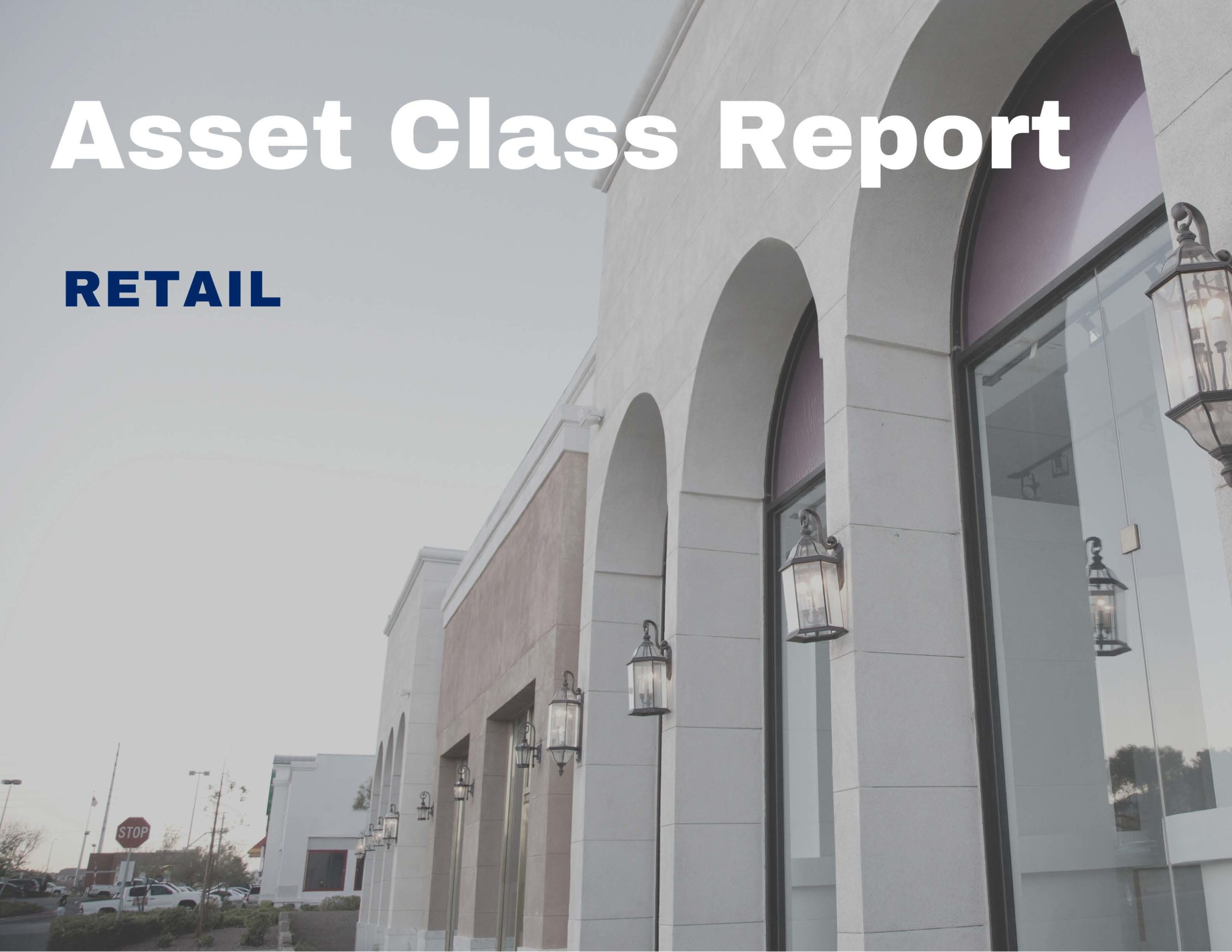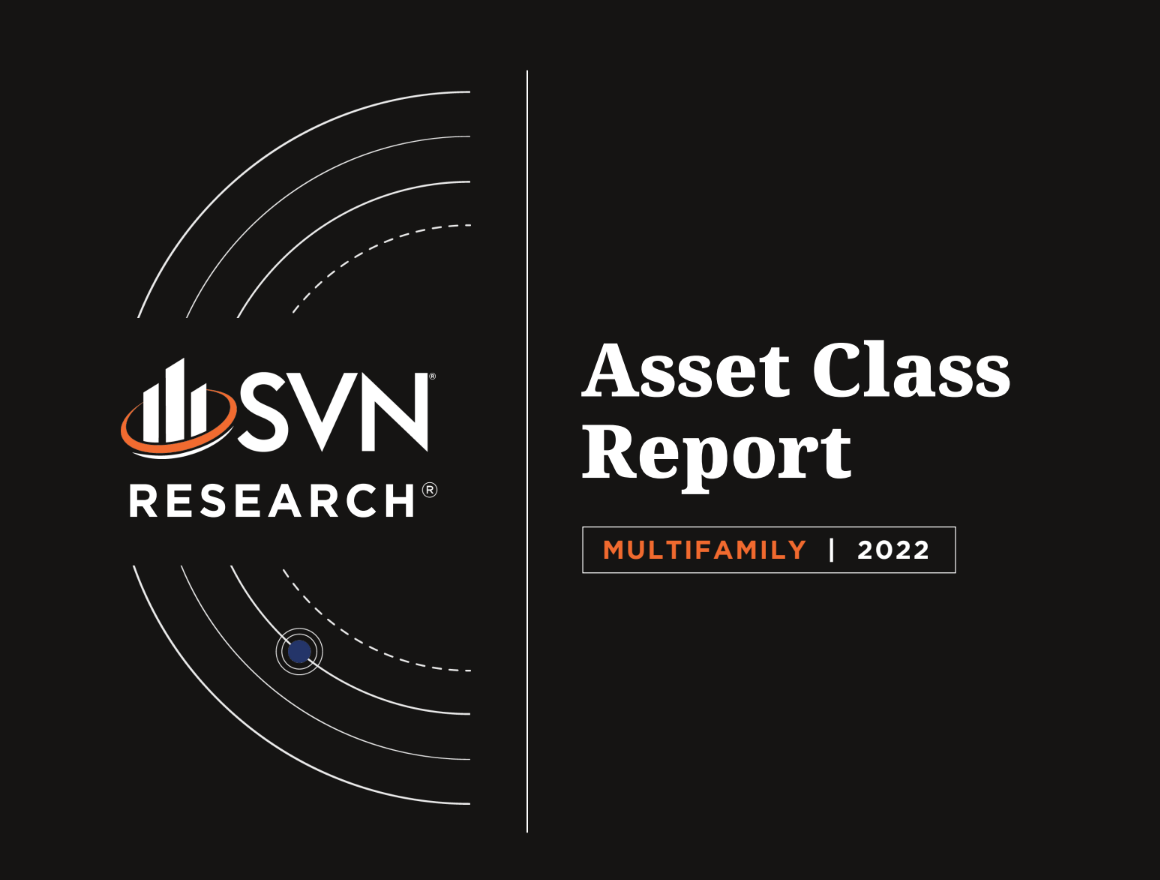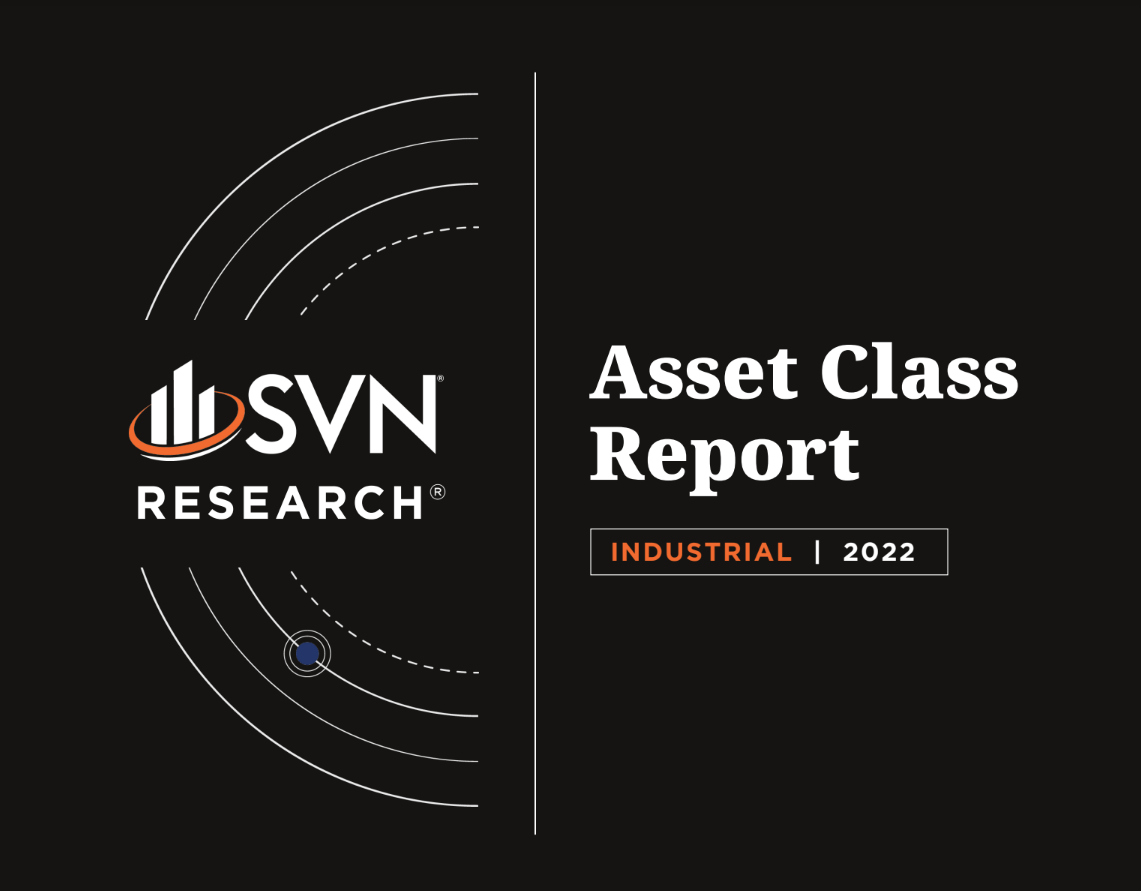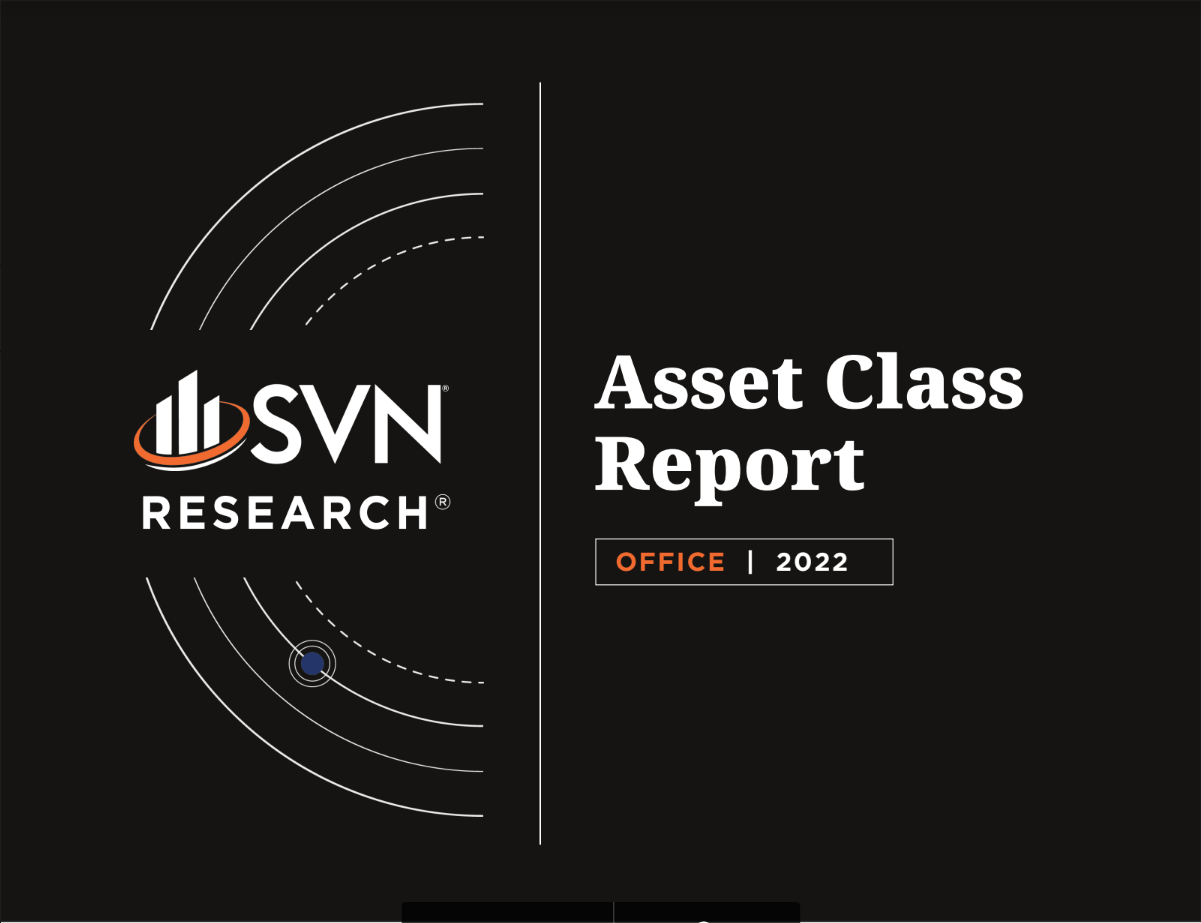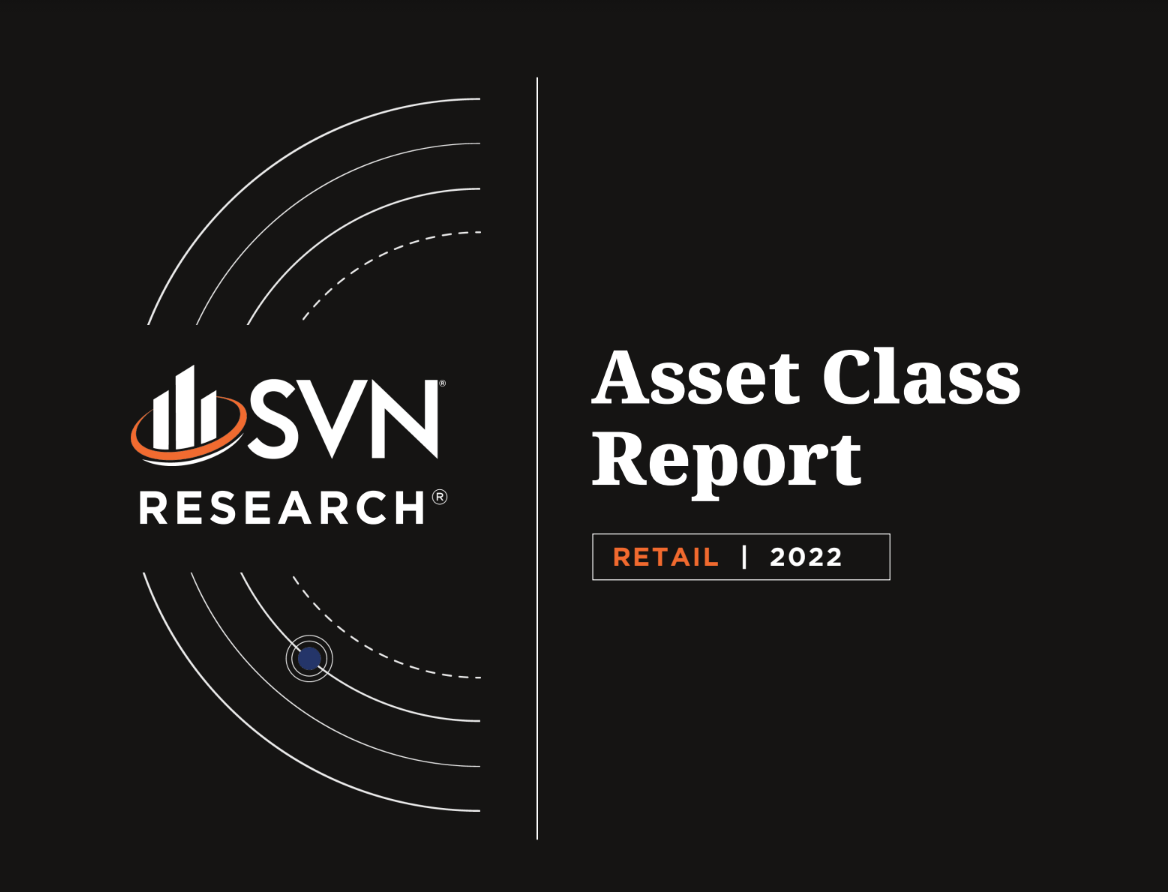admin / February 11, 2022
Commercial Real Estate Economic Update 2.11.2022
Commercial Real Estate Economic Update 2.11.2022
Featured Topics
- Commercial Real Estate Deal Volume
- January Jobs Report
- Unemployment Rate
- Job Openings and Labor Turnover Survey (JOLTS)
- Consumer Sentiment
- CMBS Delinquencies
- Cash Purchases On The Rise
- Household Debt
- Fannie Mae Housing Survey
- Gateway Markets vs. Smaller Cities
Commercial Real Estate Economic Update 2.11.2022 – (Download Full PDF)
1. COMMERCIAL REAL ESTATE DEAL VOLUME
• After a large swath of investors sat on the sidelines in 2020, last year proved to be the most active year for commercial real estate sales on record. According to Real Capital Analytics, $808.7 billion of U.S. CRE assets changed hands in 2021— an 87.8% increase over 2020’s pandemic impacted total and an equally impressive 34.8% above 2019’s previously held peak.
• Of the core-four commercial property types (Apartment, Office, Retail, and Industrial), the Office sector was the only one to not see 2021 transaction volumes eclipse their 2019 peak. While transaction volumes did rise by a reassuring 56.5% year-over-year, they remained down from 2019’s levels by 3.5%.
• Apartment transaction volumes surged to new heights in 2021, totaling $335.3 billion last year— just shy of the total set in 2019 and 2020 combined. Measured 2021’s deal volume total grew by 128.2% year-over-year. Moreover, last year’s final tally stands 73.6% higher than the total set in 2019.
• Industrial deal volume grew by 56.2% in 2021, the lowest growth rate of the core-four property types. However, the primary reason why the Industrial sector’s relative growth rate is lower than its market peers is that it maintained strong transaction volumes in 2020. Compared to the previously held 2019 peak, 2021’s Industrial deal volumes totals finished up by a robust 41.6%
• Retail sector deal volume recovered admirably in 2021, reaching $76.9 billion in asset sales. For the year, transaction volumes grew 87.9% compared to 2020 levels and 16.4% over its 2019 benchmark.
2. JANUARY JOBS REPORT
• According to the Bureau of Labor Statistics, the U.S. economy added 467k jobs in January, according to the latest release.
• While January’s jobs-add was slightly below December’s addition of 510k jobs, it comes amid a typical seasonal slowdown for hiring alongside new records for U.S. COVID-19 cases.
• Wages rose by 0.7% in January month-over-month, and they are up 5.7% since January 2021. The continuing climb in wages is indicative of the market competition for labor, as higher demand during the pandemic recovery alongside tight labor supply has strengthened worker-bargaining power in ways not seen in decades.
• November and December estimates were revised up, adding a cumulative 709k jobs to their initial estimates. In the latter months of 2021, job growth consistently undershot economists’ forecasts. However, in January, the economy outperformed the Dow Jones estimate by more than 300k jobs. This may be evidence of a lag in economists factoring in COVID effects. In November and December, the rapid emergence of Omicron caught many by surprise, dampening employment results compared to most market expectations. In January, the opposite likely occurred as experts priced in high U.S. case counts, but the variant’s impact on the economy proved to be modest.
3. UNEMPLOYMENT RATE
• The unemployment rate and the number of unemployed persons were little changed at 4.0% and 6.5 million, respectively, while the labor force participation rate held steady at 62.2%, according to the latest report by the Bureau of Labor Statistics.
• Since January 2021, the unemployment rate has fallen 2.4 percentage points, and the number of unemployed persons is down by 3.7 million.
• The number of workers on temporary layoff increased in January to 959k but remained down by 1.8 million since January 2021. Permanent layoffs changed little in January but remain 1.9 million below January 2021’s estimate. There are currently 1.8 million permanent job losers in the economy. •
Marginally attached workers— meaning they are not actively searching for employment, but who still would like a job, was little changed at 5.7 million while the number of persons employed part-time for economic reasons continued to trend down, standing at 3.7 million in January. Part-timers for economic reasons have declined by 2.2 million in the past year.
4. JOB OPENINGS AND LABOR TURNOVER SURVEY (JOLTS)
• According to the Bureau of Labor Statistics, there were 10.9 million openings in the U.S. as of December 31st, the latest date of availability, little changed from the month prior.
• Hires decreased by -330k to 6.3 million, a rate of 4.2%. Meanwhile, separations, which include quits, layoffs, and discharges, declined by -305k to 5.9 million. The quits rate was little changed at 2.9% but had notable decreases in sectors that had been seeing increasing turnover in the past several months, including healthcare, food services, and construction services.
• In the 12 months ending in December 2021, there were 75.3 million hires and 68.9 million separations, a net gain of 6.4 million.
5. CONSUMER SENTIMENT
• Consumer sentiment fell in January, with the index falling 4.8% from December to a reading of 67.2, its lowest level since November 2011, according to preliminary results from the University of Michigan.
• From February 2020 to April 2020, consumer sentiment experienced a sharp decrease of 28.9% before recovering in the second half of the year. As the pandemic-era-economy rebounded into 2021, so did sentiment. However, over the past nine months, as the Delta and Omicron variants took hold and inflation crept into most sectors, the sentiment index has declined sharply.
• According to the analysis by the report’s chief economist, Richard Curtin, supply chain issues and their glaring effect on purchasing prices largely contributed to both the inflation uptick and subsequent decline in consumer confidence. However, a wage-price spiral has begun to develop over the past few months, while household spending has been elevated by rapidly rising home and stock prices.
• According to the report, overall confidence in government economic policies is at its lowest level since 2014., with geopolitical risk and upcoming interest rate hikes likely contributing to jitters.
6. CMBS DELINQUENCIES
• According to Trepp, CMBS delinquencies reassumed their pattern of declines in January following an increase in December, where the delinquency rate increased for the first time since June 2020. CMBS delinquencies have now fallen in 18 of the previous 19 months.
• The January CMBS delinquency rate was 4.18%, a 39 basis point decline from December. The share of loans that were 30 days delinquent stands at 0.16%, down 33 basis points from December.
• 2.17% of loans by balance missed their January payment but were within the “grace period” of under 30 days delinquent. Loans in the grace period are up by four basis points from December.
• The percentage of loans with a special servicer fell by 42 basis points to 6.33% in January.
7. CASH PURCHASES ON THE RISE
• An analysis by RealtyTrac shows that real estate investor purchases rose from 11.7% of all transactions in Q3 2020 to 16.4% in Q3 2021. Additionally, a majority of investors continue to pay in cash— the share of all-cash purchases rose from 69.5% to 97.0% across the same period.
• The uptick in all-cash purchases is indicative of the competition for home buying as the housing market continues its hot streak amid record-low inventory. Investors who can offer cash upfront without the need for additional financing can often speed up the transaction process, in some cases limiting the need for appraisals.
• Cash purchases have also helped investors rake in significant discounts. According to the report, citing data from ATTOM, investors paid an average of 18.9% less than the median sale price of a home in Q3 2021. However, this effect is waning from earlier in the year— in Q2 2021, discounts to cash-purchasers averaged 29.4% below the median sales price.
8. HOUSEHOLD DEBT
• Household debt levels rose by 7.0% in 2021— the biggest jump since just before the Great Financial Crisis. In total, there is nearly $15.6 trillion of debt on domestic household balance sheets, 70% of which is in the form of mortgage debt.
• Rising mortgage debt was the overwhelming biggest contributor to rising household debt levels in 2021. Through Q4 2021, outstanding mortgage debt held by households is up by 8.8% year-over-year. Moreover, mortgage debt is responsible for 87% of the $1.0 trillion increase in total household debt incurred in 2021.
• Student loans, which account for the second-largest source of household indebtedness, reached $1.6 trillion through the end of 2021— a new all-time high even as interest accrual on Federally guaranteed student loans remain frozen through May 1st, 2022. Still, the 1.4% student loan debt increase marks the smallest change for the category in the lifetime of the New York Federal Reserve’s tracking, dating back to 2003.
9. FANNIE MAE HOUSING SURVEY
• Fannie Mae’s January National Housing Survey indicated broad pessimism in the housing market. The survey also showed consumers becoming more pessimistic about home purchasing as only 25% of respondents felt it was a good time to buy, down from 52% just a year before. Only 15% of respondents aged 18-34 thought January 2022 thought it was a good time to buy.
• Almost 91% of respondents expect that home rental costs will stay the same or go up with the average expected price change of around 7.4%.
• Average expectations for home increases were half of that, but a majority expected to pay higher interest rates for home purchases. Despite expectations for increased costs, two-thirds of respondents noted that they would buy a home if they were going to move.
10. GATEWAY MARKETS VS. SMALLER CITIES
• An analysis by the New York Fed suggests that real estate investments in big U.S. cities tend to yield lower returns compared to their smaller counterparts.
• The difference can be somewhat sizable, with small cities offering an annual return premium of approximately 80 basis points. The author points to risk assessments as the primary driver of the return spread.
• According to the report, smaller markets offer a return premium relative to larger markets because they are seen as riskier given that their market tends to be less liquid and less correlated with underlying factors like income growth.
SUMMARY OF SOURCES
• (1) https://app.rcanalytics.com/#/trends/downloads
• (2) https://www.bls.gov/news.release/empsit.nr0.htm
• (3) https://www.bls.gov/news.release/empsit.nr0.htm
• (4) https://www.bls.gov/jlt/
• (5) http://www.sca.isr.umich.edu/
• (6) https://www.trepp.com/trepptalk/monthly-snapshot-cmbs-cre-clo-banking-january-2022
• (7) https://www.globest.com/2022/02/09/real-estate-investor-cash-home-purchases-on-the-rise/
• (8) https://www.newyorkfed.org/microeconomics/hhdc
• (9) https://www.fanniemae.com/research-and-insights/surveys/national-housing-survey
• (10) https://libertystreeteconomics.newyorkfed.org/2022/02/housing-returns-in-big-and-smallcities/



